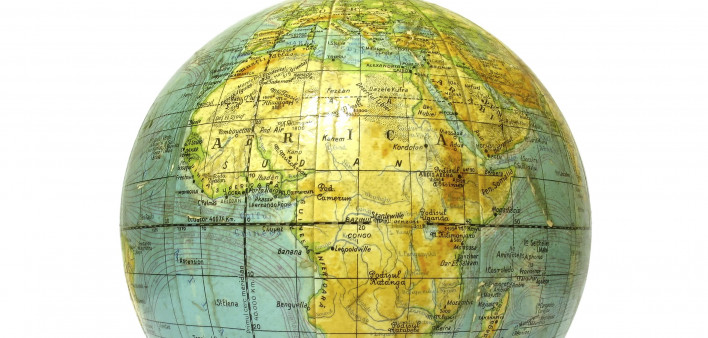The once fast-increasing investment on the part of international donors in the fight against HIV in low- and middle-income nations has begun to retreat. This reversal occurs just as the prevailing narrative in the global HIV advocacy, clinical and research community, driven in no small part by the Joint United Nations Programme on HIV/AIDS (UNAIDS), has stressed that HIV can end as a public health threat by 2030.
For nations to achieve this lofty goal, UNAIDS has called upon them to reach three main targets by 2020: get 90 percent of their HIV populations diagnosed, get 90 percent of that group on antiretrovirals (ARVs) and 90 percent of that group virally suppressed, for an overall viral suppression rate of 73 percent.
Impressive progress has been made of late in a handful of sub-Saharan African countries that have been the recipients of aggressive U.S. aid, notably in Namibia, which now has a national viral suppression rate of 77 percent. However, progress across the world is uneven, and the epidemic is actually worsening in Eastern Europe and Russia.
After a decade during which HIV-related development assistance from wealthier nations to low- and middle-income countries increased by 19.6 percent annually, the overall tally decreased by 6.6 percent between 2012 and 2017. To assess the current state of international HIV funding in 188 nations, researchers looked at data from five sources: the AIDSinfo online database, Global Fund proposals, National AIDS Spending Assessments, National Health sub-Accounts and the AIDS data hub.
Findings were presented at the International AIDS Conference in Amsterdam (AIDS 2018).
In 2015, total global spending on the HIV epidemic was $48.1 billion, an $800 million (1.7 percent) decline from 2013. Of this total, domestic governmental spending financed 62.2 percent, individual out-of-pocket spending covered 5.6 percent and developmental assistance from wealthier nations accounted for 30.2 percent.
In low-income nations, for every $1 in development assistance from other nations, domestic governments spent 11 cents. In other words, the international assistance was about nine times greater than the domestic spending.
In nations with a high prevalence of HIV, development assistance accounted for 76.6 percent of spending.
Since 2000, global spending on HIV prevention has increased 3.73-fold, to $11.2 billion while spending on treatment for the virus increased 3.71-fold, to $23.6 billion. In 2015, total spending on antiretroviral (ARV) treatment was $6.3 billion and spending on prevention of mother-to-child transmission was $7.7 billion.
The researchers concluded that governmental resources are a major factor in the growth of global HIV spending. With developmental assistance accounting for such a high proportion of spending on the epidemics in high-prevalence nations, these countries are highly susceptible to future spending cuts.
To read the conference abstract, click here.







Comments
Comments